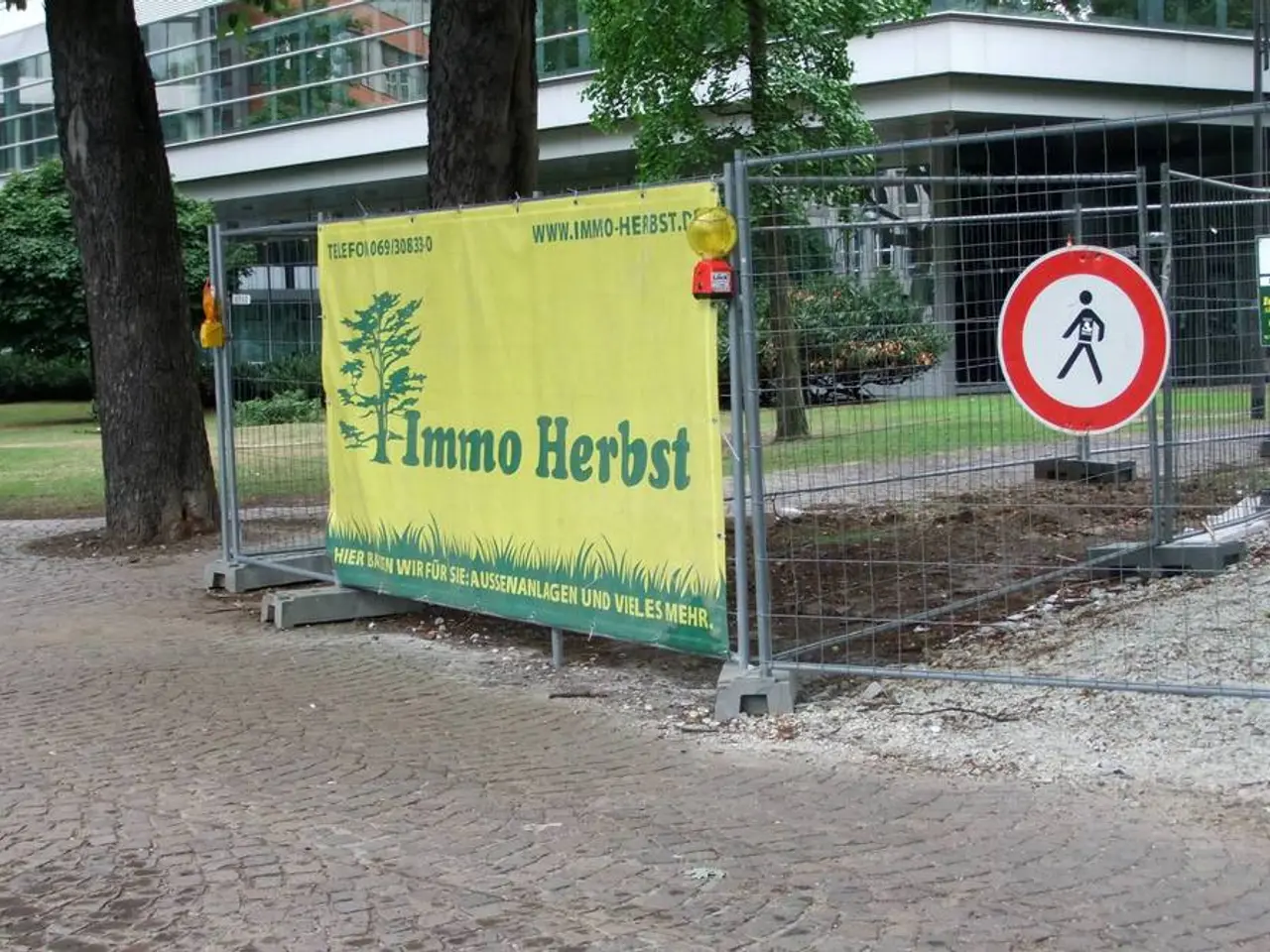Guide for Hedge Installation
In the heart of the British countryside, a centuries-old tradition continues to thrive: hedge laying. This ancient skill, used for creating living fences to prevent animals from straying, is making a comeback as gardeners and farmers alike appreciate its benefits for creating strong, wildlife-friendly boundaries.
Choosing the Right Hedge
The process begins with selecting an appropriate hedge. Ideally, this would be a mature hawthorn, hazel, blackthorn, or beech hedge, planted at least ten years ago and thick enough to be laid.
Timing is Key
The best time to lay a hedge is during the dormant season, typically late winter or early spring, when the plants are still dormant but before new growth starts.
Gathering Tools and Materials
To carry out this traditional method, you'll need a few essential tools and materials:
- A billhook or sharp secateurs for cutting stems
- A pruning saw for thicker stems
- A mallet or hammer to drive in stakes
- Staves or wooden stakes for supporting laid stems and filling gaps
- Binding materials like hazel withies, baler twine, or willow withies to secure the laid stems
The Laying Process
- Cut individual stems (pleachers): Cut through a selection of the upright stems near the base, leaving enough attached on one side (usually the side facing downhill to avoid breakage). The stems are then partially severed so they can be bent down without snapping.
- Bend the stems over horizontally: Fold the cut stems over toward the ditch or bottom of the hedge line, weaving them through the existing structure to create a dense barrier.
- Fix with stakes and bindings: Place stakes along the hedge line at intervals to support the laid stems. Then tie the stems down securely using withies or twine, binding the pleachers tightly to the stakes.
- Trim and finish: Once the hedge is laid and bound, trim the top to make an even surface to encourage dense regrowth.
- Maintain: After laying, regular trimming is needed to promote thick new growth and keep the hedge healthy.
Regional Styles
Various regional styles have evolved over the years, such as the Somerset style, which uses a row of stakes that are driven in alternately on either side of the hedge. In the South of England style, the hedge is cut and laid over to create a double brush on both sides.
Preserving the Tradition
Organisations like the National Hedge Laying Society and Coppice Products provide information on courses, details of professional hedge-layers, and locally sourced coppice products. The annual National Hedge Laying Championship showcases the skill involved in this traditional craft.
As you embark on this rewarding journey, remember that patience and precision are key. With the right tools, materials, and a bit of practice, you'll soon be creating your own living, breathing fence—a testament to a time-honoured tradition that continues to enrich our landscapes.
[1] The National Hedge Laying Society: www.nationalhedgelayingsociety.co.uk
[2] Coppice Products: www.coppiceproducts.co.uk
[3] The Woodland Trust: www.woodlandtrust.org.uk
- Engaging in the ancient art of hedge laying can help enhance your home-and-garden lifestyle, creating a lush, wildlife-friendly landscape.
- To create a strong and beautiful hedge, consider selecting mature plants such as hawthorn, hazel, blackthorn, or beech from your local garden center.
- Transform your garden by incorporating the traditional method of gardening, utilizing tools like a billhook, pruning saw, and binding materials while learning regional styles like the Somerset or South of England techniques.




